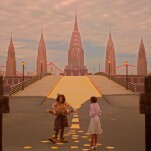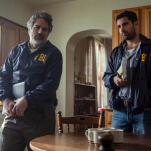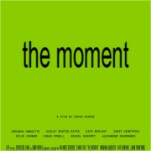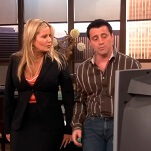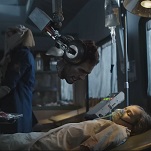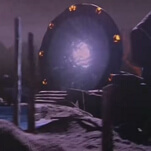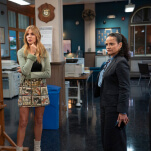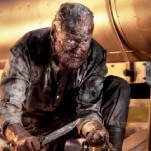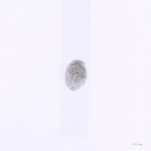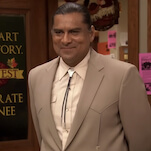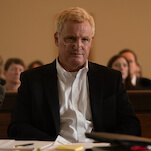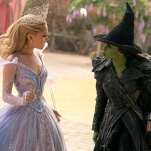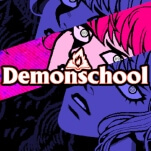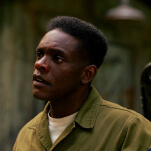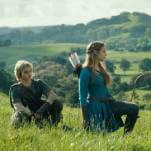Quincy Jones was at his peak when he gave The Wiz its soul
The film that helped kill Blaxploitation was driven by the Oscar-nominated music of a man who transcended the genre.
Photo: Universal Pictures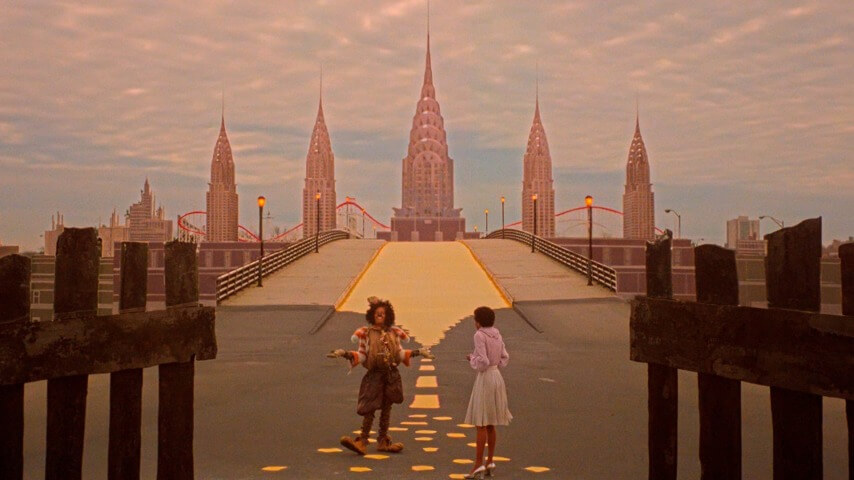
In the year-long series Sounds Of Blaxploitation, Craig D. Lindsey plays the hits that defined a genre, drawing connections between the music of the moment and the films that gave it a platform.
The soundtrack to The Wiz is really just another funky-ass Quincy Jones album dropped in the ’70s. People forget that, back in the day, the Grammy-winning producer and Oscar-nominated film composer was also a successful recording artist. He reached his soul/funk/jazz fusion peak during the Me Decade, releasing such studio albums as Smackwater Jack, You’ve Got It Bad Girl, and Body Heat. Jones often rounded up a heavy stable of veteran jazz artists, session musicians, and singer-songwriters for these joints, which were filled with scintillating, instrumental covers of hit singles and badass movie/TV themes Jones composed. Jones went the same route when he arranged the music for 1978’s The Wiz, the adaptation of Charlie Smalls and William F. Brown’s Blackified, Broadway-musical spin on The Wonderful Wizard Of Oz, which fizzled at the box office so badly that studios backed away from Black film projects in its wake.
“I really did not want to work on that movie,” Jones admitted in his 2001 memoir Q: The Autobiography Of Quincy Jones. He wasn’t feeling many of the tunes Smalls created for the 1974 stage show, but he took the job as a favor to the film’s director (and Jones’ frequent collaborator) Sidney Lumet, who gave Jones his first break as a movie composer with the 1964 drama The Pawnbroker. “I felt I owed [Lumet] more than one; I owed him a lot,” Jones wrote.
Lumet and screenwriter Joel Schumacher (who, before becoming a director in his own right, previously scripted Blaxploitation faves Sparkle and Car Wash) rebooted the plot of The Wiz. In their version, a brown-skinned Dorothy (Diana Ross, notoriously miscast) and her dog Toto getting whisked away from her Harlem neighborhood on Thanksgiving night to Oz, which is really a gaudy, funhouse-mirror version of The Big Apple (their cabs also don’t pick up Black folk). Similarly, Jones put his own souped-up spin on the soulful score. Although he cut several selections from the original production, he still collaborated with Smalls on the extravagant, disco-infused “Emerald City Sequence,” which takes place outside the World Trade Center. (Jones makes a wink-wink cameo playing a lengthy piano.)
Jones also corralled many of his most valuable players for the score. His main orchestra included such jazz/session vets as drummer Steve Gadd, keyboardist Richard Tee, and percussionist Ralph MacDonald, with other pre-recorded contributions from guest musicians like fellow jazzmen-turned-composers Dave Grusin and Bob James.
Famed singing/songwriting duo Nickolas Ashford and Valerie Simpson, who previously co-wrote singles for Jones and Jones discoveries The Brothers Johnson, was called on to pen two leaky-eyed numbers for Ross: “Can I Go On?” a woeful ballad for Ross’ permed-up Dorothy at the beginning; and “Is This What Feeling Gets? (Dorothy’s Theme),’ which Ross sings on the album, but not in the movie.
Dorothy isn’t the only one who gets to sing about hard luck. We also get some pity-inducing introductory themes for the Tin Man (Nipsey Russell), the Cowardly Lion (Tony-winning Broadway show alum Ted Ross), and of course, the Scarecrow (Michael Jackson, in a role once considered for Jimmie Walker). The record-breaking creative partnership between Jones and Jackson began on The Wiz, specifically with the bopping track “You Can’t Win”—originally cut when Wiz hit Broadway—which Jackson’s Scarecrow sings on a pole near a cornfield, accompanied by some heckling, jive-ass crows. (Jones and Jackson later went back and re-recorded it as a single.)
